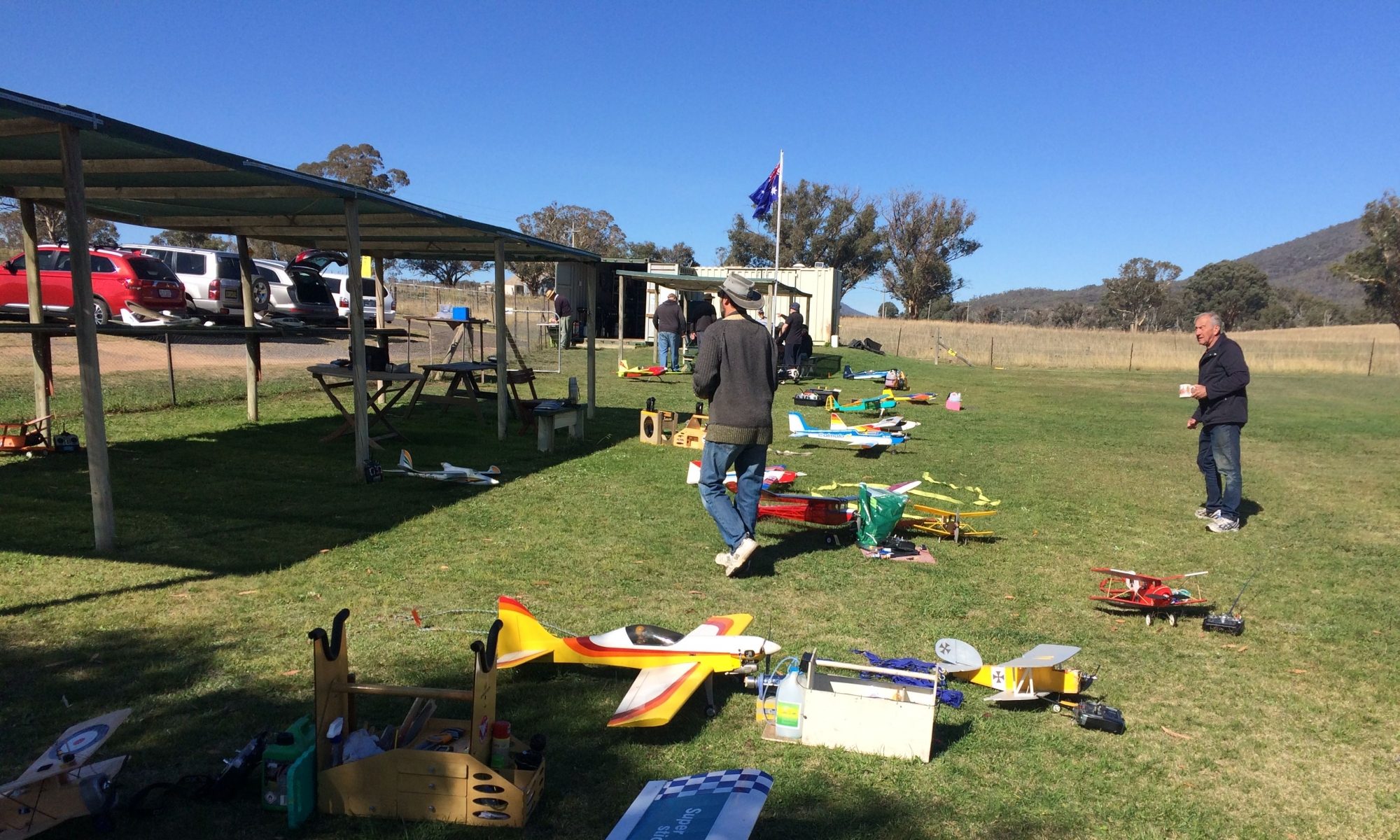Maidened my first plane printed with light weight (LW) PLA yesterday – the Model V from Eclipson (https://www.eclipson-airplanes.com/model-v). It’s a 1.37m wingspan V-tail low wing glider.
If you’re not familiar with LW PLA, it’s a 3D printer filament with a foaming agent ( https://colorfabb.com/lw-pla-natural). Printing over a certain temperature activates the foaming agent, which means you can print with much less material for the same line width from the nozzle. I was running at 45% the extrusion rate of normal PLA.
Printing with the LW PLA was nowhere near as tricky as I thought it was going to be. The airframe weighed in at 182g, and AUW with a 460mAh 3S battery was 420g.
Attached are two videos of the launch and landing, taken by Sam with his Bugs 2SE drone.
The plane flies really well, and with it’s low weight handles a lot like a foam plane. Launches were a breeze, and the landing was very so slow (especially when compared with planes printed with regular PLA).
Really looking forward to trying this plane in some thermals.
Also, there is a lot of interest in the 3D printing community around this new filament. It sounds like there will be quite a few new and updated designs meant specifically for printing with LW PLA in the new year. It should be a very exciting time next year for printing planes with this filament.


How is lw pla different from regular pla?
I just re-read your post and I think you answered my original question about the differences between lw pla and pla. Do you think lw pla is as robust as regular pla (or is it better because its lighter) and what do you join the plane components with?
Do not worry Neil
There will be no hard landings with Jeremy at the wheel !!
Ray T
Normal PLA is more rigid than LW PLA, but it also quite brittle – so not great for heavy landings.
LW PLA can be stiffened with CF rods/tubes, and there is speculation that it will handle heavy landings better than regular PLA, given that it has a bit more flex. Time (and crashes!) will tell with this one.
LW PLA and regular PLA glue together extremely well with CA and accelerator. The joints are stronger than the material itself, and failures/cracks are more likely to happen in the material rather than the joint.